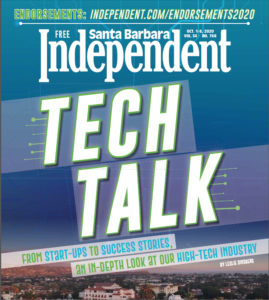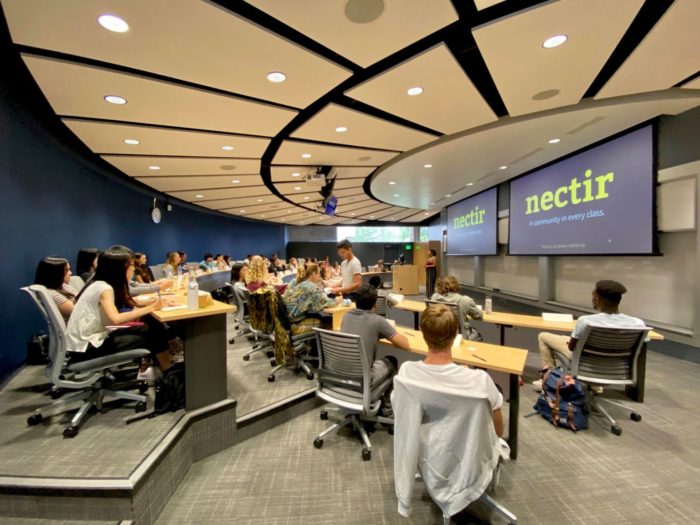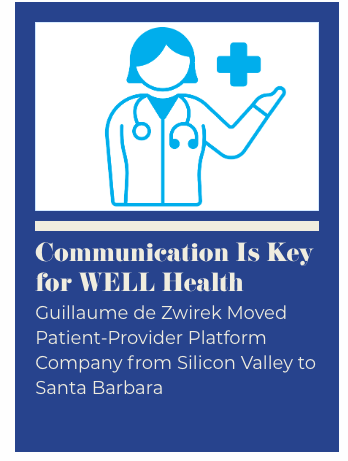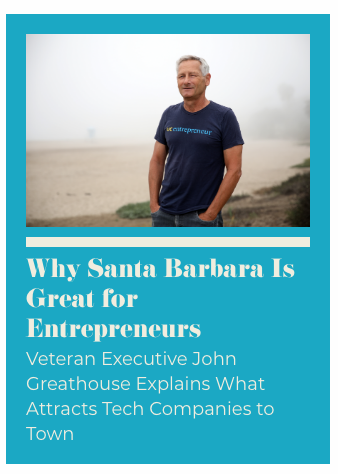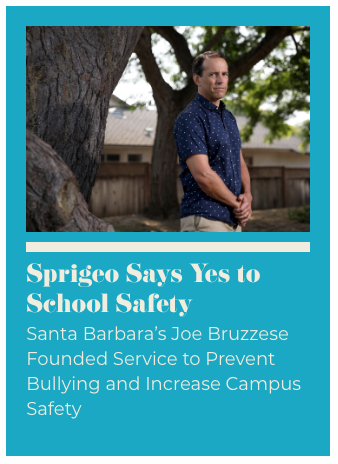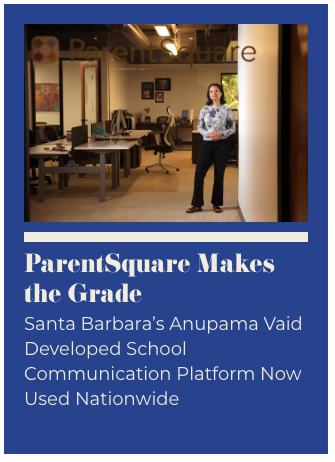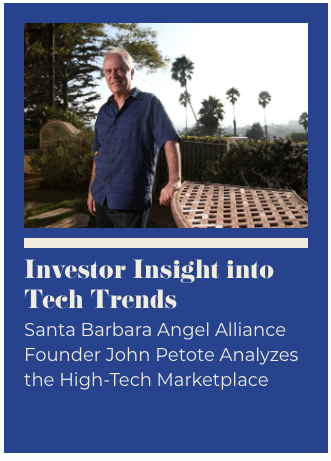From filament LED lighting and cloud computing to medical diagnostics, virtual reality, and everything in between, researchers at UCSB have played a key role in developing technologies that improve our lives. Tasked with building relationships between UCSB and industry is the Office of Technology & Industry Alliances (TIA), which was established in 2005 with Sherylle Mills Englander as director. She answered some questions about the office’s role.
HOW DOES TIA WORK? A lot of our discoveries are what’s called curiosity-based research, aimed at getting a fundamental understanding. The more we understand fundamentally how things work, the more innovation we can place on top of that. A lot of the research we do is extremely important and not necessarily ready for a commercial partnership.
CAN YOU GIVE AN EXAMPLE? Let’s say we have a new way of sorting cells for diagnostics where we can really quickly separate out cancer cells from any other cell and we can do it very rapidly and very effectively, so that’s got a definite benefit. If our researchers publish in scientific journals to let others learn about it and build upon it, that’s great; we’ve given a whole new process to the world.
But if absolutely anybody can use it commercially, that can be a disincentive for a company to develop it. We need a company partner to invest in making that initial discovery something that can be used in every doctor’s office.
SO THE SCIENCE AND THE PRODUCT ARE TWO DIFFERENT THINGS. It’s a very different question. How do you sort cells quickly and rapidly without hurting them? Or how do you build a machine for it that is going to be affordable, reimbursable, and easy enough to use to be in everybody’s office?
If we simply publish, would a company invest the millions of dollars it takes to create a product only to have the fundamental discovery of that product be able to be used by competitors? Most likely not. So to encourage it to be translated into actual commercial products, we apply for a patent on that original idea and then we go to a company who has a strong passion and expertise for it. If they commit to developing something that will benefit the public, we will give you the exclusive access to that patent.
What we’re basically doing is using the intellectual property scheme of patents and copyrights to encourage and facilitate companies to create products and services based on our discoveries.
DOES UCSB GET COMPENSATED FOR SUCCESSES? What we do is called a license, effectively giving permission for a company to use it. There are some standard deal structures. Obviously, we require royalties. Essentially, we want to assure that if they do succeed with the technology, the University of California shares in that success in a reasonable way. We are looking to make sure our innovation and our contribution to their company is fairly compensated, but it’s structured in a way that allows them to spend the money to develop a product and to get it out there.
HOW ABOUT THE INVENTORS THEMSELVES? Most of our innovations have students named as an inventor or author because they are so active in our research. The university will give the inventors 35 percent of our net revenue, and they share it equally. Just because you are a faculty member doesn’t mean you get more. If there are three inventors, they each get a third of that net revenue.
Their job is to teach and to discover science, and it takes an enormous amount of help to make that innovation happen. So that 35 percent back is a recognition of the effort of the effort that they are doing to take this invention out.
IS THIS A BIG MONEYMAKER? This is not a scenario where tons of money is coming in. The university has over 12,000 active inventions. The top 25 patents earn anywhere from 70 to 80 percent of our income in a given year.
We want our contribution to be respected, and we want the California taxpayers to get a return on that investment. Every bit of money we get in royalties is reinvested to support future research at UCSB, and we want to keep that going.
SO THE MOTIVATION IS NOT THE FINANCIAL RETURN. The reason we are doing this fundamentally is we want our innovations to turn into products that actually help people.
Tech Talk Special Issue for the Santa Barbara Independent, originally published on October 1, 2020.
To read the issue as it appeared in print, please click here, Tech Talk 768_10_01_20


